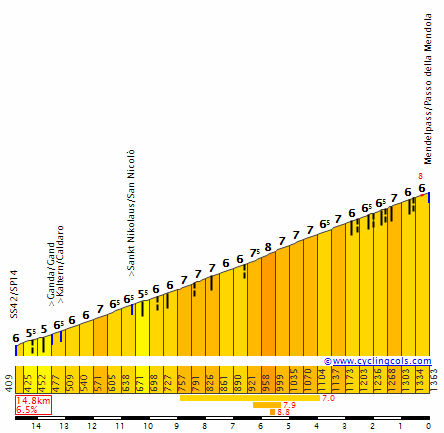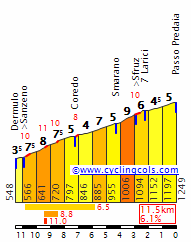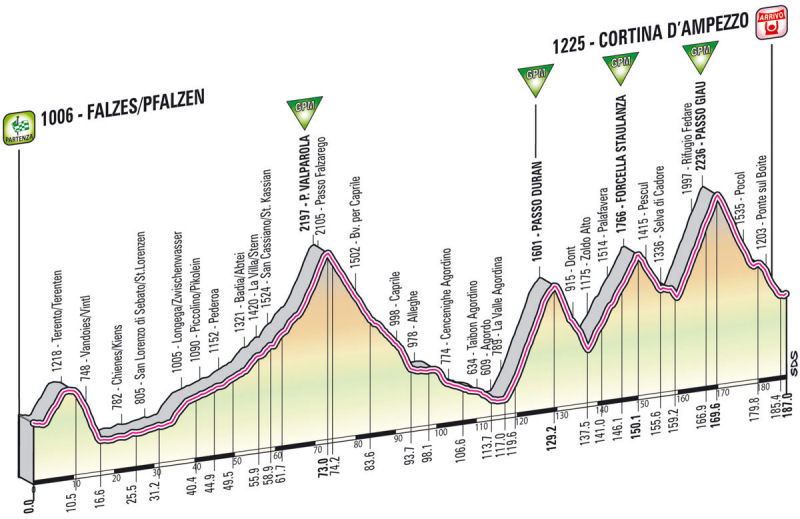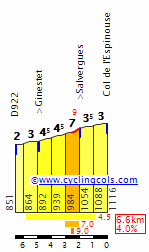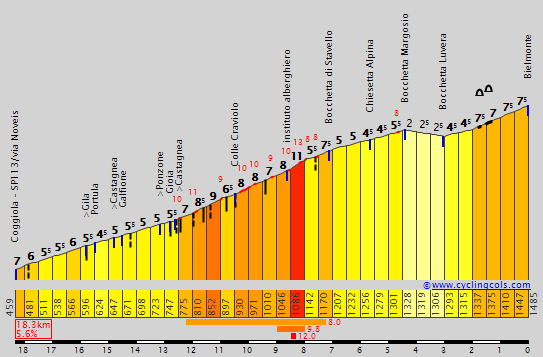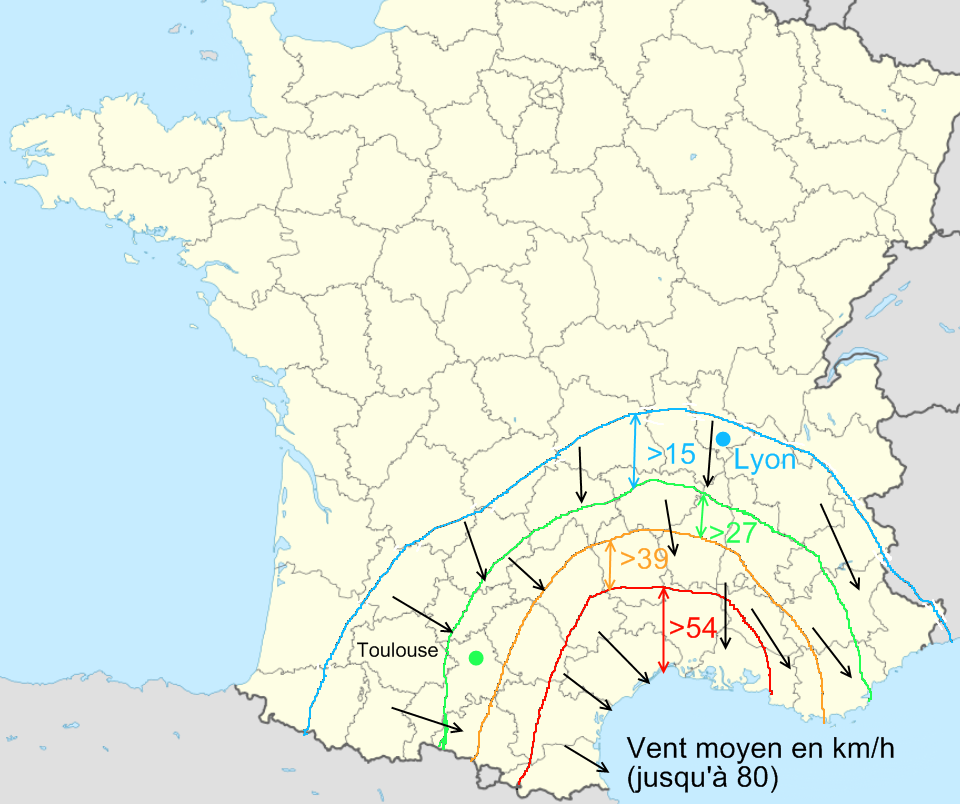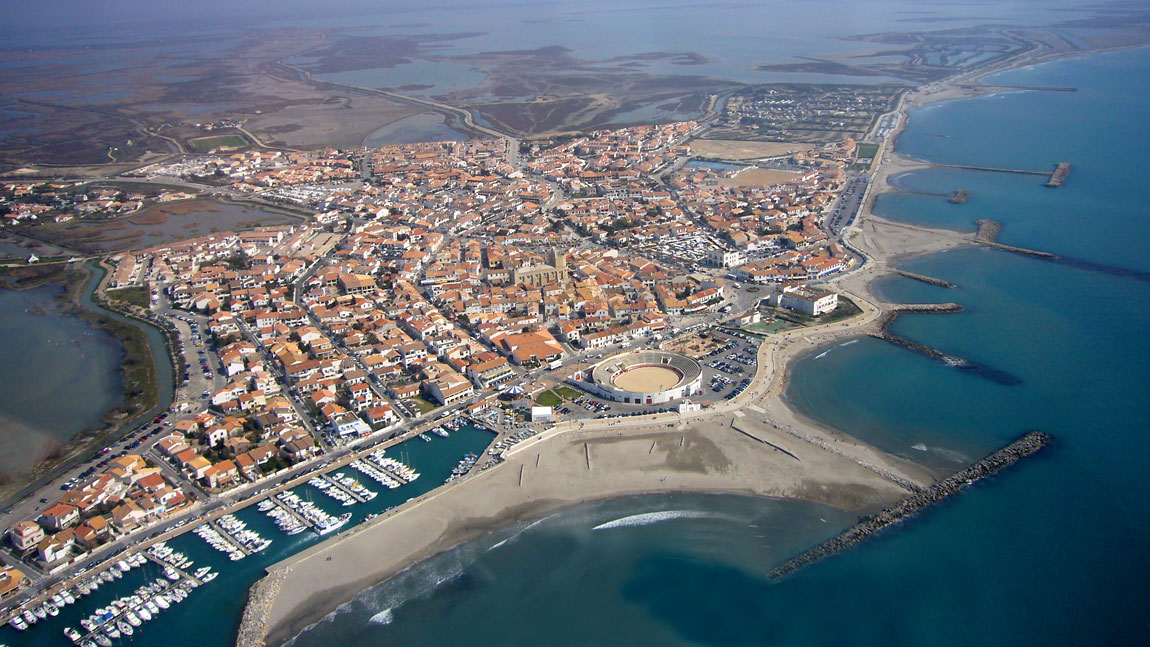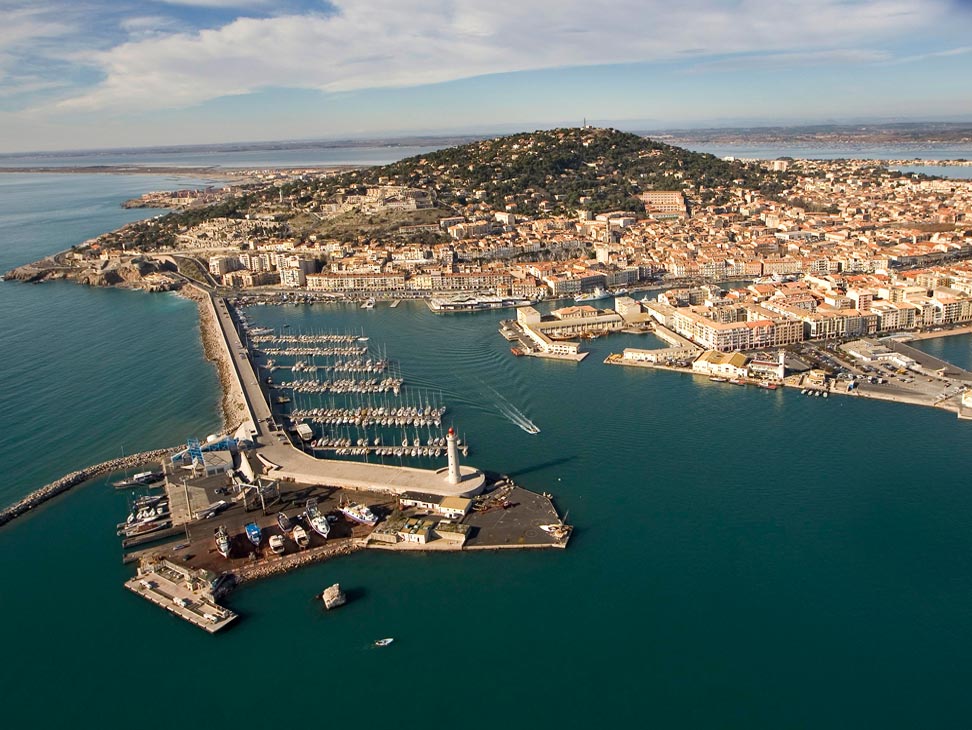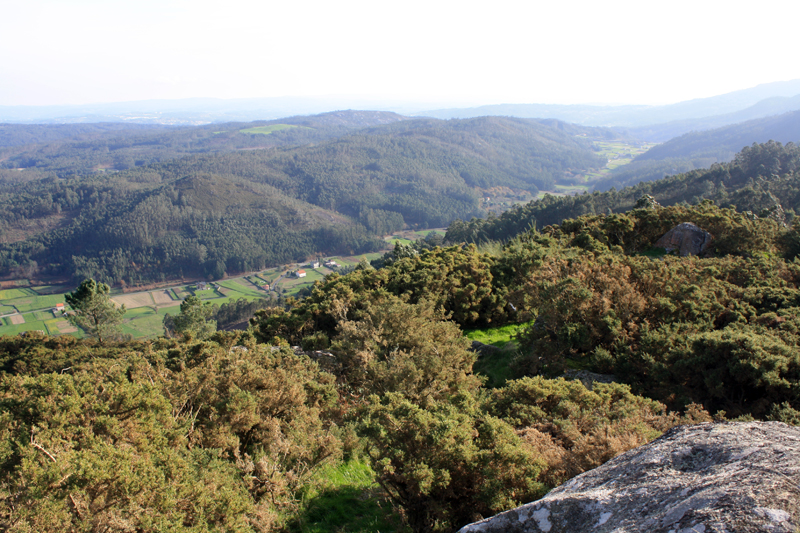OK... what with both the real life Giro and Tour putting forward some disappointing routes, it's time to take solace in the route designing world and try to see what we can do with Grand Tour designing. And as so often is the case, what's drawn my imagination is La Vuelta. It offers so much more opportunity because a) its space requirements are so much less than the Tour, making it easier to come up with new ideas (even if with finishes like Mûr-de-Brétagne the Tour has shown that if it needs to it can cram everything in pretty well), b) whereas the Tour is actually narrowing down its options as previously available climbs and stations cease to be involved and we get an increasingly repetitive route, La Vuelta has a long tradition of using the same climbs leaving much of the country comparatively undiscovered, a situation they are rapidly going about chanigng and c) the Vuelta tends to have municipalities and regions paying for stages rather than individual towns or stations, leading to a bit more flexibility and the use of tourist attractions or major sponsor spots as stage towns.
This will be my
ninth Vuelta, and I've still got plenty of variety available to me. This particular route, for example, does not touch many traditional mountainous areas of the Vuelta such as the Catalan Pyrenees or the entire province of Asturias, and in fact the number of "real" mountain stages is limited, but I think I've come up with a well-balanced and creative route that breaks some of the formulae and showcases some innovation.
As ever, I forbid myself repetition in MTFs, and therefore the following are now off limits:
Galicia: Cabeza de Manzaneda from Manzaneda
Asturias: Lagos de Covadonga, Angliru, La Cobertoria from Pola de Lena, Monte Naranco from Oviedo, Santuário del Acebo from Las Cuadrielles
Cantabria: Fuente del Chivo, Cueva el Soplao from Rábago
Castilla y León: El Morredero from Ponferrada, Lagunas de Neila from Neila (north not east), La Covatilla, Plataforma de Gredos, Esquí de Lunada from Espinosa
Comunidad de Madrid: Morcuera from Miraflores
Navarra: San Miguel de Áralar from Etxarri-Aranatz
Aragón: Candanchú from Jacá, Cerler, Valdelinares via San Rafael
Catalunya: Coll de Pal, Mont Caró, Santuari de Queralt
Valencia: Xorret del Catí, Font de Partagas
Murcía: Morrón de Espuña from Alhama de Murcía
Andalucía: Sierra de la Pandera from Valdepeñas de Jaén, Haza del Lino from Rubite, Trevélez via Castañár, Cumbres Verdes
Canarias: Teleférico del Teide from Guía de Isora
Andorra: Llac d'Engolasters, Arcalis, Els Cortals d'Encamp
Gibraltar: El Peñón de Gibraltar
Portugal: Alto da Torre from Seia, Senhora da Graça
As you can see, therefore, still plenty of choice is available. I have tried to keep true to the spirit of the Vuelta while simultaneously innovating - therefore there are some brand new summits and an unusual route pacing, as well as a collector's item not seen in over 20 years. Although the stages I would describe as "true" high mountain stages are limited in number (between 3 and 6 depending on your definitions), there is still a nod to the nature of the Vuelta in its current guise; after a couple of routes which were very lacking in Muritos, here they are back with a vengeance, with nine stages that finish uphill, though only four are what you'd call mountaintop finishes.
So without further ado,
La Vuelta a España, take 9
Stage 1: A Coruña - A Coruña, 184km
GPM:
Alto da Orela (cat.3) 5,5km @ 5,5%
Alto do Xalo (cat.3) 6,0km @ 6,1%
Alto de Santa Locaia (cat.3) 2,4km @ 11,1%
That's right, I'm starting with a road stage. In the world in which my races inhabit this has been done fairly recently with the Toledo circuit race that featured in Vuelta number... was it 6? However, in the real world, this is a pretty rare sight. The last time the first stage of the Vuelta wasn't a team time trial was 2009, when the riders had a prologue on the Assen motor racing circuit, and it was 2007 when the riders last began the race with a road stage. Coincidentally, that was also in Galicia, when a course beginning and ending around Vigo was won by Daniele Bennati on day one. Despite all the great potential terrain around there, it was
a disappointing course which led to the sprinters prevailing.
That's unlikely on the course I have prepared for stage 1, dedicated to the great Coruñés climber Vicente López Carril, former Tour podium rider who died at the age of 37; this is an outright hilly stage that means riders will have to be awake to the challenges right from the get-go.

The start and finish are on the Paseo Maritimo, which you can see in the background there, overlooked by the National Monument and UNESCO World Heritage Site that is the Torre de Hércules, a Roman lighthouse that stands a watchful guard over the city. This allows for a very scenic and suitable setting for something as grand as a GT beginning, to potentially take precedence over the previous Galician Vuelta beginnings in 2007, 2013 and 2016. The city has a population of around 400.000 in its metropolitan area, and its sporting credentials are significant, with its football club Deportivo La Coruña being one of the few Spanish sides to have upset the Barcelona-Madrid hegemony this century. La Vuelta last visited for a sprint stage in 2014, a stage with a
run-in from which I have borrowed but beefed up.
The first part of the stage, however, is to head away from the city and follow the coastal road around in the direction of Ferrol, before climbing up away from the Atlantic and onto the plateau that makes up much of the central Galician terrain.
This entails climbing out of Pontedeume on the road to
A Anta. I have put the mountains points at A Orela, but we do climb all of that climb. As you can see from the pictures, some scenic views but nothing too challenging. After a period of flat, there's then a second, similar but slightly shallower, uncategorized climb as we circle around Betanzos. However it is in the final third that the stage comes to life.
First up we have
Monte Xalo, the second categorized climb of the day, at around 6km at 6%. Only the first kilometre - at 9% - is a real challenge, and it is rather two-stepped. As you can see there are some steep ramps - up to 14% - but coming over 50km out it isn't likely to cause much action. The same cannot be said of the ensuing carnage on Santa Locaia.
The views from here down into the valley of Arteixo are pretty spectacular, but the riders won't be enjoying themselves here, because they'll be learning that much like the rest of the north coast of Spain, A Coruña province is chocked full of some pretty nasty ramps, and while this part of Galicia isn't perhaps as relentlessly mountainous as, say, Asturias or Gipuzkoa, you're never more than a stone's throw from a Murito nonetheless.
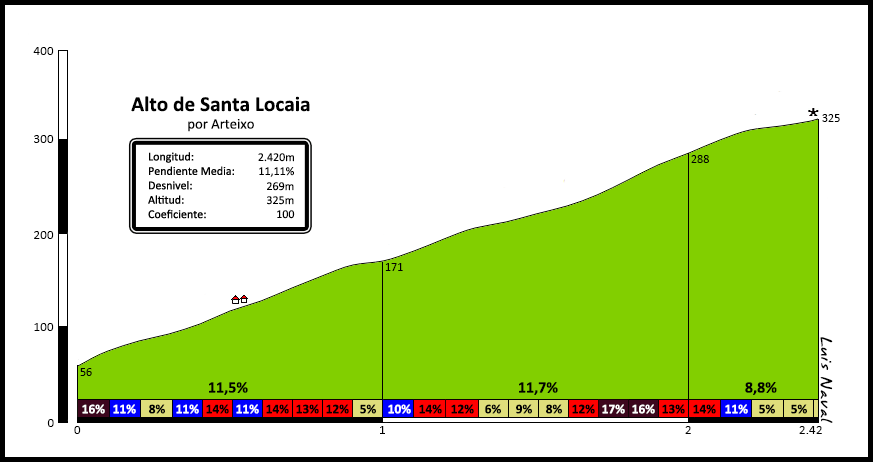
Cresting with 31km remaining, 2,4km averaging 11% with a max of 18% right at the very bottom should get rid of most of the sprinters, and lead to some intriguing battles for selection. Does a rider with any GC ambitions want to take risks at this point in the race? Probably not, but they also can't let anybody get too far up the road lest they surprise as the race goes on, because the kind of rider who can get over this climb has at least some climbing chops. There's also the small matter that at the base of the (gradual) descent, with 22km remaining, is the town of Arteixo where there will be bonus seconds available at the intermediate sprint.

Following on from Arteixo, however, there may be no more categorized climbs but that doesn't mean that the climbing stops. Oh no, far from it. In fact, this is a nice little Worlds tune up in some ways, depending on the course, as we have a nice little hilly run-in, with two back to back uncategorized ascents, the first coming 16km from the line, the last just over 9km out. Helpfully for the prospective racing, the former is the harder climb as well, with a first 1,25km at 7,5%, whereas the final climb of the day is a fairly consistent 1900m at 5%. Controlling this one could be tough as many sprinters will struggle to get back on after Santa Locaia, so marshaling those final climbs when the GC men don't want to lift a finger when they don't have to could make an interesting final 30k here.


The final climb, to the urban Parque de Bens, offers some wonderful views back into the city, and a max gradient of just 8% so it's not one for the Puritos of the world, giving a platform for attacks from a variety of styles of classics rider.
The final few kilometres after the Parque Bens climb are along the coast, passing the
Playa de Oza before finishing in front of the Torre de Hércules. No circuit finish here but, seeing the start and finish of what should be one of the most interesting GT opening stages in recent memory at such an iconic location should make this a pretty strong grand départ nonetheless.



























